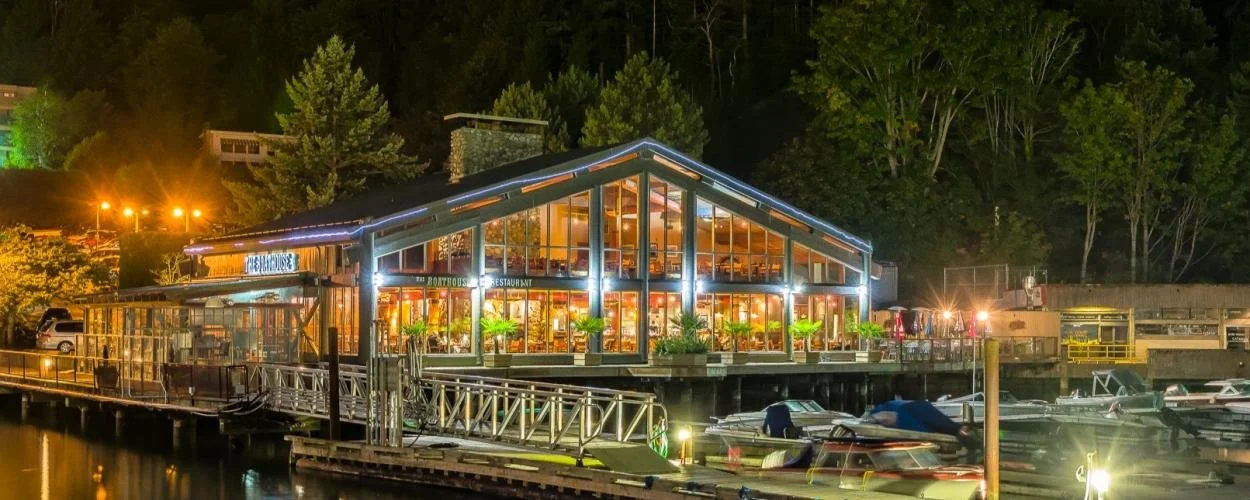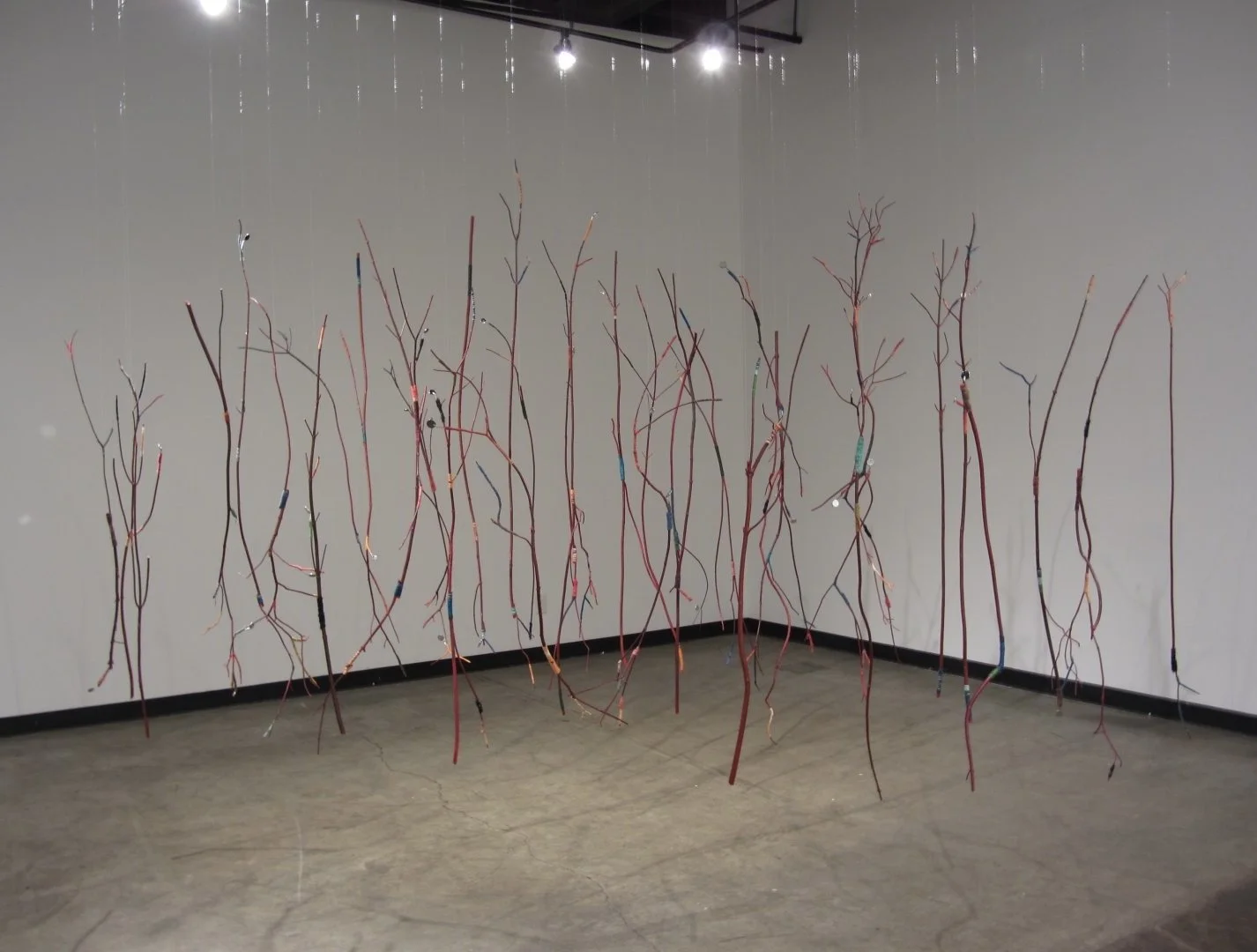History and folklore flow together in Firelei Báez’s large-scale works at the Vancouver Art Gallery
Dominican Republic-born, New York-based artist’s beautiful paintings make monumental space for the stories of the African diaspora in the Caribbean and America
Firelei Báez’s Sans-Souci (This threshold between a dematerialized and a historicized body), 2015, acrylic and ink on linen, Pérez Art Museum Miami. Museum purchase with funds provided by Lesie and Greg Ferrero and Rose Ellen Meyerhoff Greene. Photo by Oriol Tarridas, © Firelei Báez
Vancouver Art Gallery presents Firelei Báez until March 16, 2025
THE FIRST THING that strikes you looking at Sans Souci, as with so many of Firelei Báez’s vibrant, monumental paintings, is its beauty. Dig deeper, and an entire, complex sociopolitical history unfurls, criss-crossing fluidly over the centuries.
On its surface, it is the portrait of a woman of colour, her eyes—the only defined facial feature—fixing on the viewer as she wears an elaborate wrapped headdress. Dazzling folds of intricately patterned ivory brocade cascade down her neck.
The head wrap refers to the “Tignon laws” of late-1700s Louisiana, where a Spanish colonial governor decreed that freed Black women should cover their hair with a scarf. He was aiming to put them in their place—to tie them to the slave class and prevent mixed-race unions. But the plan backfired badly: the women turned their mandated head coverings into increasingly stylish fashion statements that would eventually make their way to upper-class white Europe, and the head of Napoleon Bonaparte’s beloved Joséphine herself. A symbol of repression became one of resistance.
For Dominican Republic-raised, New York City-based Báez, in town for the West Coast debut of this breathtaking, first career survey at the Vancouver Art Gallery, time is extraordinarily fluid. In a tour of the show, she says Sans Souci also alludes to the U.S. military’s recently rolled-back prohibitions on popular Black braided hairstyles within its ranks.
Inspect the draped fabric, and you’ll see within its exquisite embroidery everything from panthers (a nod to the Black Panthers) to the balled-fist azabache or figa gesture that not only wards off the evil eye but was once used as a code between slaves who wanted to hook up outside of enforced breeding. The woman’s face is a wash of dark reds, browns, and green, suggesting the mixing of blood and land—repeated motifs for an artist who often connects the slave trade and diaspora from Africa to the Caribbean to Louisiana and America.
And the title, Sans Souci? That will take you down another historical rabbit hole, referring to the palace that was built in 1813 under Henri Christophe I, the king of Haiti and a former slave who played a pivotal role in the Haitian rebellion that defeated Napoleon. The palace is a potent symbol of freedom from slavery—and of women, since Sans-Souci was mainly a residence for Christophe I’s wife Marie Louise and daughters.
This, and so many other works in the show, are, indeed, beautiful—a word curator Eva Respini admits has long been a “dirty word” in contemporary art—at the same time as they make cutting critiques.
Firelei Báez, Untitled (Les tables de geographie reduites en un jeu de cartes), 2022, oil and acrylic on archival printed canvas, Collection of Deborah Beckmann and Jacob Kotzubei, courtesy the artist and Hauser & Wirth, New York. Photo by Jackie Furtado, © Firelei Báez
Colour and beauty ideals shift, from culture to culture, weighted as they are by history, gender, and society. Over time, Báez says she has learned to “just focus on what you love because what you love will transform the world”.
“The way you embrace it as a colourist is so amazing,” Respini, deputy director and director of curatorial programs at the Vancouver Art Gallery, observes to the artist, referring to beauty. “It’s grounded in art history, yet you harness it. It’s sort of like the tignons—the way they were beautiful but were a form of resistance. Without politicizing it too much, I think the beauty part of your work is also political.”
Báez draws on a rich cultural background, as the daughter of a Dominican mother and a Haitian father who spent her childhood between the two attached countries. At eight, she moved with her mother and sisters to Miami, later moving to New York to study at Cooper Union and pursue an MFA from Hunter College.
Often she draws on the vivid folklore of her home country. Some of the most fascinating, mysterious paintings here reimagine the ciguapa, a female trickster that lives in the forest, her fuzzy, backward legs beneath a torso sprouting tropical leaves—part flora, part fauna, part scientific botanical illustration, part fantasy.
And the breadth and depth of Báez’s historic references are impressive. Often, she actually paints on top of historic documents: colonial maps, marine charts, old blueprints. In Man Without a Country (aka anthropophagist wading in the Artibonite River) she paints figures and symbols across 225 de-accessioned book pages (all gathered on a wall). Many of the images are women’s silhouettes, decorated in floral textile patterns that will remind you of that tignon, reclaiming pages bearing men’s words.
One of the exhibition’s show-stopping paintings, Untitled (Les tables de geographie reduites en un jeu de cartes), finds saturated oil and acrylic colours dancing across imagery from an archaic card game that once let its players compete at colonial empire-building. (The subtitle translates as “Geography tables reduced to a card game”.) Inspect it closely and its Rorschach-like blotches take the form of almost 100 hidden horses—the animals used to overpower entire nations and monumentalized in so many colonialist statues. Here, and everywhere, her technical mastery with brush and paint is on full display.
Installation view of Firelei Báez, A Drexcyen chronocommons (To win the war you fought it sideways), 2019, at James Cohan, New York, 2019, The Joyner/Giuffrida Collection, courtesy the artist and Hauser & Wirth, New York. Photo by Phoebe d’Heurle. © Firelei Báez
Not surprisingly, Báez is a voracious reader, not just of history and mythology, but of sci fi (she’s a big Octavia E. Butler buff) and Afro futurism. The latter interest is evident in a room-filling installation called A Drexcyen chronocommons (To win the war you fought it sideways)—a gorgeous, sacred-feeling space swathed with blue fabric draped from the ceiling, and pierced with curlicuing patterns that create the feeling of the milky way. (The tiny holes actually map out the stars as they appeared in the night sky at the onset of the Haitian Revolution.) Inspired by the “star chamber” in a song by electronic duo Drexciya, the room alludes to an aquatic kingdom populated by the children of pregnant slave women who were cast overboard during the Atlantic crossing.
The waves of blue remind us of West African indigo. But the artist says she is also referring to a less “aesthetic” material from her growing-up years in the Caribbean.
“The marker of tropical storms was always blue tarpaulins,” she says. “They’re a symbol of shelter but also disaster.”
There is more, so much more, to take in with the “slow looking” Respini says is so necessary to these big, energized works.
“Part of the reason I have this grand scale is to remind you of the physical presence of this thing in front of you,” Báez says. “Paintings are tactile things that you are also a part of.” She is giving complex, lost histories major physical form; she’s making monumentally scaled space for the unheard voices of the past and present. And there’s an intense beauty to that as well. ![]()
Firelei Báez, Man Without a Country (aka anthropophagist wading in the Artibonite River), 2014–15, gouache, ink and chine-collé on 225 deaccessioned book pages, Institute of Contemporary Art/Boston, gift of Fotene Demoulas and Tom Coté, courtesy the artist and Hauser & Wirth, New York. Photo by Oriol Tarridas, © Firelei Báez

















